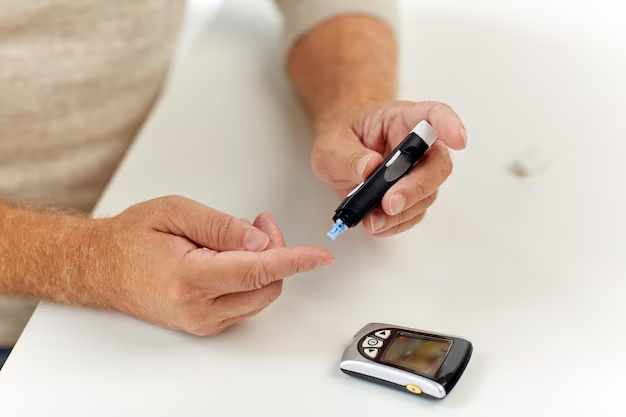Discover Ways to Potentially Reverse Type 2 Diabetes
Taking control of your Type 2 diabetes can feel like a daunting task, but with the right approach, many people have successfully managed to do just that. Imagine a life where blood sugar levels are no longer a constant concern, and instead, you're living healthier and more freely. Reversing Type 2 diabetes involves making some significant lifestyle changes, but the rewards can be life-changing. Let's explore how you can embark on this journey.
The Role of Diet in Diabetes Reversal
Adopting a nutrient-rich diet is crucial in managing and potentially reversing Type 2 diabetes. Lowering carbohydrate intake helps control blood sugar levels. Focus on:
- Whole grains: These provide more fiber and nutrients compared to refined grains.
- Non-starchy vegetables: Leafy greens, broccoli, and peppers are excellent choices.
- Lean proteins: Including chicken, turkey, and fish can help maintain a healthy weight.
- Healthy fats: Avocados, nuts, and olive oil promote heart health.
Meal timing is also important. Consider an eating schedule that aligns with your body’s natural insulin production cycles to improve glucose control.
Staying Active is Key
Engaging in regular physical activity is another cornerstone of reversing Type 2 diabetes. Aim for at least 150 minutes of moderate exercise each week. This can include:
- Walking
- Cycling
- Swimming
- Strength training
Exercise increases insulin sensitivity, allowing your cells to use available insulin to absorb glucose.
Monitoring and Medication
Regular monitoring of your blood glucose levels gives you insight into how your body responds to different foods and activities. While lifestyle changes can significantly impact diabetes, medications prescribed by your doctor might still be necessary to manage your condition.
Consulting a healthcare professional for personalized advice and regular check-ups ensures that you're on the right track.
Mental Health Matters
The journey to reverse Type 2 diabetes isn't just physical; it's mental too. Stress and anxiety can affect blood sugar levels, so it’s important to incorporate stress-reduction techniques like:
- Meditation
- Yoga
- Breathing exercises
- Mindfulness practices
Financial and Educational Resources
Taking control of diabetes can also come with financial implications, from medication costs to buying healthier foods. Here’s where knowledge of financial assistance can be game-changing:
- Government Aid Programs: Investigate programs like Medicaid or Medicare that may cover some diabetes-related expenses.
- Non-Profit Organizations: Many non-profit groups provide free or low-cost glucose monitors, educational resources, or even community support groups.
- Financial Aid for Lifestyle Changes: Some community centers or gyms offer discounted memberships. Also, look into educational grants for nutrition or wellness courses.
- Debt Relief and Credit Solutions: Managing healthcare costs can be easier with tailored solutions that help manage or consolidate debts, giving you peace of mind as you focus on your health.
Financial Assistance Options
- 💸 Medicaid/Medicare: Provides coverage for some diabetes-related expenses.
- 🏥 Non-Profit Support: Offers free or discounted diabetes supplies and resources.
- 🎓 Educational Grants: Funding for health and nutrition courses.
- 💳 Credit Card Solutions: Options for managing medical expenses effectively.
Incorporating these changes can help improve overall health and potentially reverse Type 2 diabetes. Plus, utilizing financial and educational resources eases the burden, allowing you to concentrate on achieving a healthier you.
